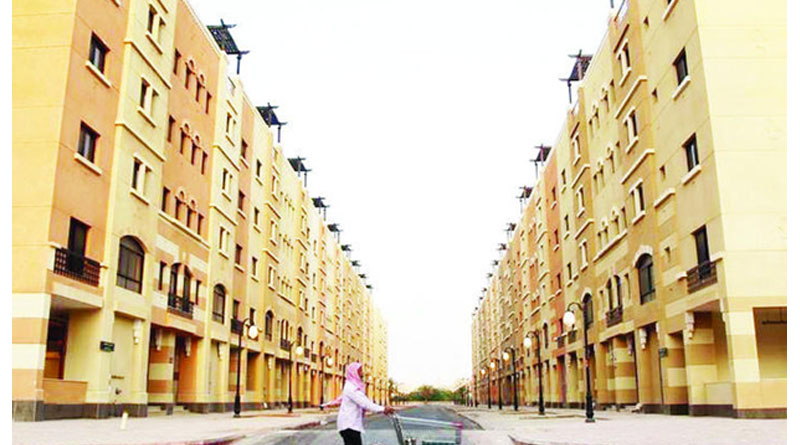The Worst for Saudi Economy is Probably Now Over: Study

Image Caption: There are signs that the $17.5 billion international bond issue is enabling the government to loosen the purse strings a little, with payments to contractors being resumed.
LONDON: Banks in Saudi Arabia have coped well so far with the fallout from lower oil prices, according to Capital Economics.
‘We think the sector is in a strong position to confront the ongoing economic headwinds over the coming years,” commented Jason Turvey, Middle East economist of Capital Economics.
The statement added: “The worst for the Saudi economy is probably now over. The majority of the necessary public spending cuts have already happened and we expect the pace of austerity to be eased over the coming years. This should support a gradual recovery in Saudi non-oil sector. Meanwhile, there are already signs that last week’s bumper $17.5 billion international bond issuance is enabling the government to loosen the purse strings a little, with payments to contractors being resumed.”
The research group added: “Since reporting of non-performing loan (NPL) levels tends to lag developments in the real economy, the impact of the recent economic weakness on banks has probably yet to be fully felt. In the case of both a rise in NPLs and debt restructurings, banks would need to write down assets which would eat into their capital.”
The statement added: “But while some individual banks could face problems, the sector as a whole appears to be well-positioned to cope with any further fallout. Currently, NPLs are low at just 1.2 percent of total loans and they are over-provisioned.”
Capital Economics said: “Meanwhile, capital buffers are strong — tier 1 capital stood at 16.4 percent of risk-weighted assets at the end of Q2, well above the Basel III minimum requirement of 6 percent.”
The research group = added: While the headlines have centered on problems in the construction sector, it’s worth noting that loans to building firms amount to just 8 percent of total lending by banks. As we’ve noted before, even if all loans to the construction sector turned sour, banks would still be able to meet their capital requirements.”
The report said that consumer loan restructuring programs could potentially have a bigger impact given that lending to households accounts for 25 percent of total credit. For every 5 percent write-down on all consumer loans, we estimate that this would shave around 0.8 percent-pts off banks’ tier 1 capital ratios.
“Overall, our estimates suggest that NPLs would need to rise to more than 16 percent of total loans before the sector’s aggregate tier 1 capital ratio fell below the regulatory minimum. The upshot is that it would require a big jump in NPLs and/or large-scale debt to cause major problems for commercial banks as a whole,” Capital Economics said.
(Source: ArabNews.com)



